Belle heir: the Aston Martin DB11 ignites raw passion and maintains family values

As the first comprehensively new production Aston Martin in over a decade, the DB11 is a critical machine. Not only must it bear comparison with some of the most acclaimed cars of all time, in terms of aesthetics at least, it is also a showcase for the British company’s new technology.
Under new CEO Andy Palmer, Aston Martin has committed to several years of frantic intensity. A steady flow of concepts and bespoke cars, such as the track-only Vulcan, have kept the company in the public eye, while behind the scenes, the focus has been on shaping the cars that will define Aston Martin’s second century of production. The majority of the world got their first glimpse of the DB11 at the Geneva Motor Show, but a select group has been enjoying private previews of the all-new GT for months. Wallpaper* can count itself among these lucky few, with our big reveal taking place under the guidance of Aston Martin’s design director Marek Reichman at the manufacturer’s HQ at Gaydon.
Of all the lineages in modern car design, the DB bloodline is one of the most evocative, dating back to David Brown’s acquisition of Aston Martin in 1947. The first car to bear the ‘DB’ nomenclature was the 1950 DB2. The DB10 (2015) was custom built for a certain fictional secret agent, while the DB9 was a sales success that remained uncompromised and highly desirable right up to the last model to leave the production line.
The DB11 has a lot to live up to. The new car builds on the Aston aesthetic yet still looks defiantly forward. Those all-important proportions are spot on, yet the detailing is also first rate, from the anodised aluminium Aston Martin wings set into the bonnet to the strong feature line that runs from the headlights to the tapered rear. ‘Every single line has been conceived to be consequent with the next,’ says Reichman, and adds, ‘beauty is enabled by technological innovation’.
The duck-tailed rear is where the car departs most dramatically from its forebears, thanks to an aerofoil system that scoops in air and vents it out to generate a vertical blast of invisible downforce on the back of the car. Aerodynamics also guide the air intake on the flanks via Aston Martin’s signature ‘side strake’. Shaped like an unsheathed dagger, the attention to detail is such that the underside of this piece of brightwork is hand-finished with a tactile knurled pattern, invisible to all but those in the know.
Inside, the longer wheelbase means much improved interior accommodation. There’s a new multimedia and navigation system (a benefit of Aston Martin’s technical partnership with Mercedes-AMG), thin-film transistor dashboard and 5.2-litre twin turbocharged V12, Aston Martin’s first foray into forced induction. The DB11 has to navigate the strident demands of its clients, for whom a V12 is a signature component, and legislators, for whom a V12 is a thunderous anachronism. ‘The beauty of a V12 is that it’s perfectly balanced,’ says Ian Minards, Aston Martin’s product development director, who guided the DB11 from sketch to reality. Minards describes the car as a continuation of the DB lineage, but also ‘as clean a sheet of paper as you can get at Aston Martin’.
As originally featured in the April 2016 issue of Wallpaper* (W*205)
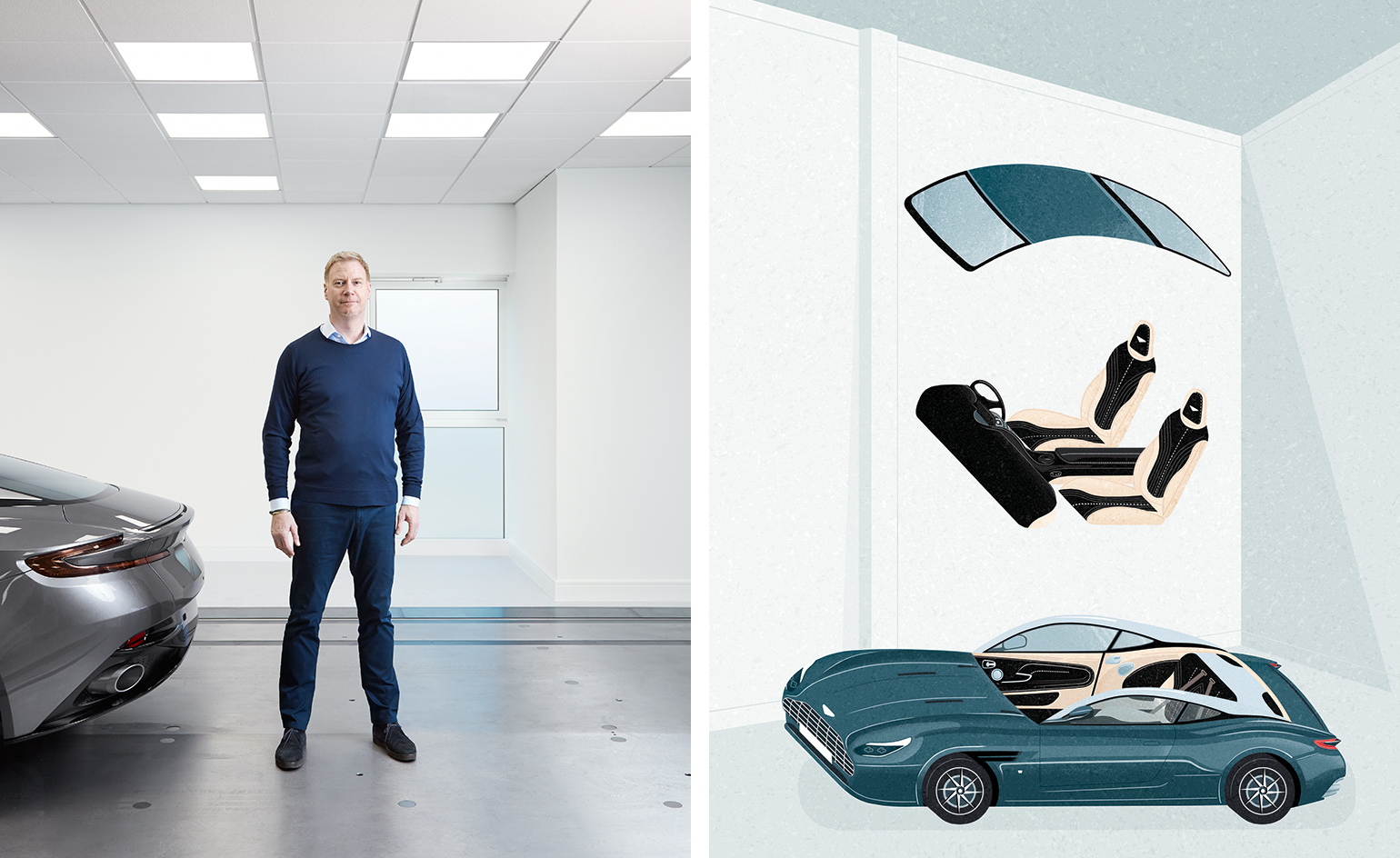
Pictured left: Marek Reichman, Aston Martin’s design director, at the DB11’s duck-tailed rear. Right: the model features a digital dashboard, bespoke interior and active aerodynamic bodywork
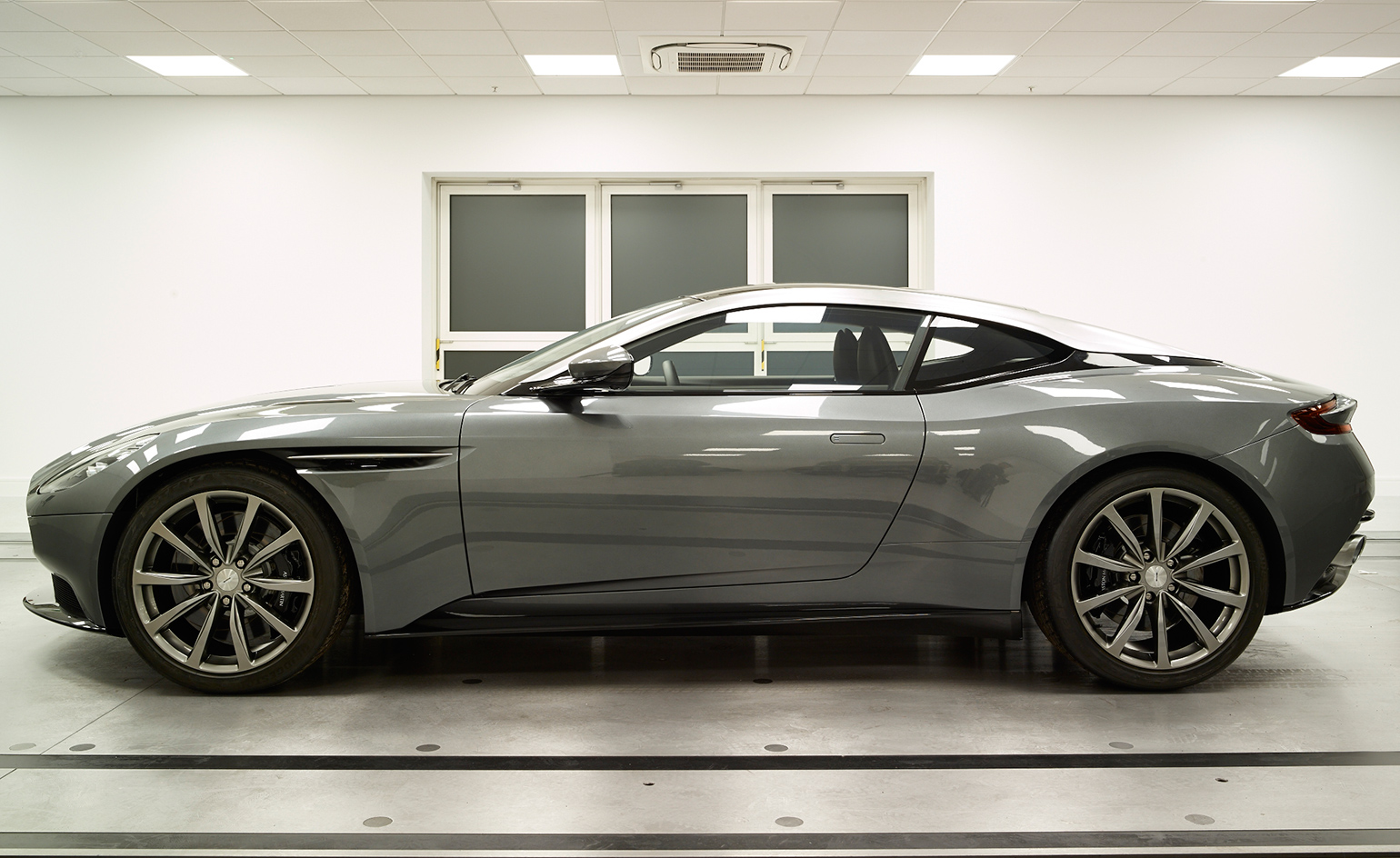
Aerodynamics also guide the air intake on the flanks via Aston Martin’s signature ‘side strake’
INFORMATION
Price to be confirmed, first deliveries expected late summer 2016. For more information, visit Aston Martin’s website
Photography: Benedict Redgrove
Receive our daily digest of inspiration, escapism and design stories from around the world direct to your inbox.
Jonathan Bell has written for Wallpaper* magazine since 1999, covering everything from architecture and transport design to books, tech and graphic design. He is now the magazine’s Transport and Technology Editor. Jonathan has written and edited 15 books, including Concept Car Design, 21st Century House, and The New Modern House. He is also the host of Wallpaper’s first podcast.
-
 Terrified to get inked? This inviting Brooklyn tattoo parlour is for people who are 'a little bit nervous'
Terrified to get inked? This inviting Brooklyn tattoo parlour is for people who are 'a little bit nervous'With minty-green walls and an option to 'call mom', Tiny Zaps' Williamsburg location was designed to tame jitters
-
 Let’s hear it for the Chopard L.U.C Grand Strike chiming watch
Let’s hear it for the Chopard L.U.C Grand Strike chiming watchThe Swiss watchmaker’s most complicated timepiece to date features an innovative approach to producing a crystal-clear sound
-
 Form... and flavour? The best design-led restaurant debuts of 2025
Form... and flavour? The best design-led restaurant debuts of 2025A Wallpaper* edit of the restaurant interiors that shaped how we ate, gathered and lingered this year
-
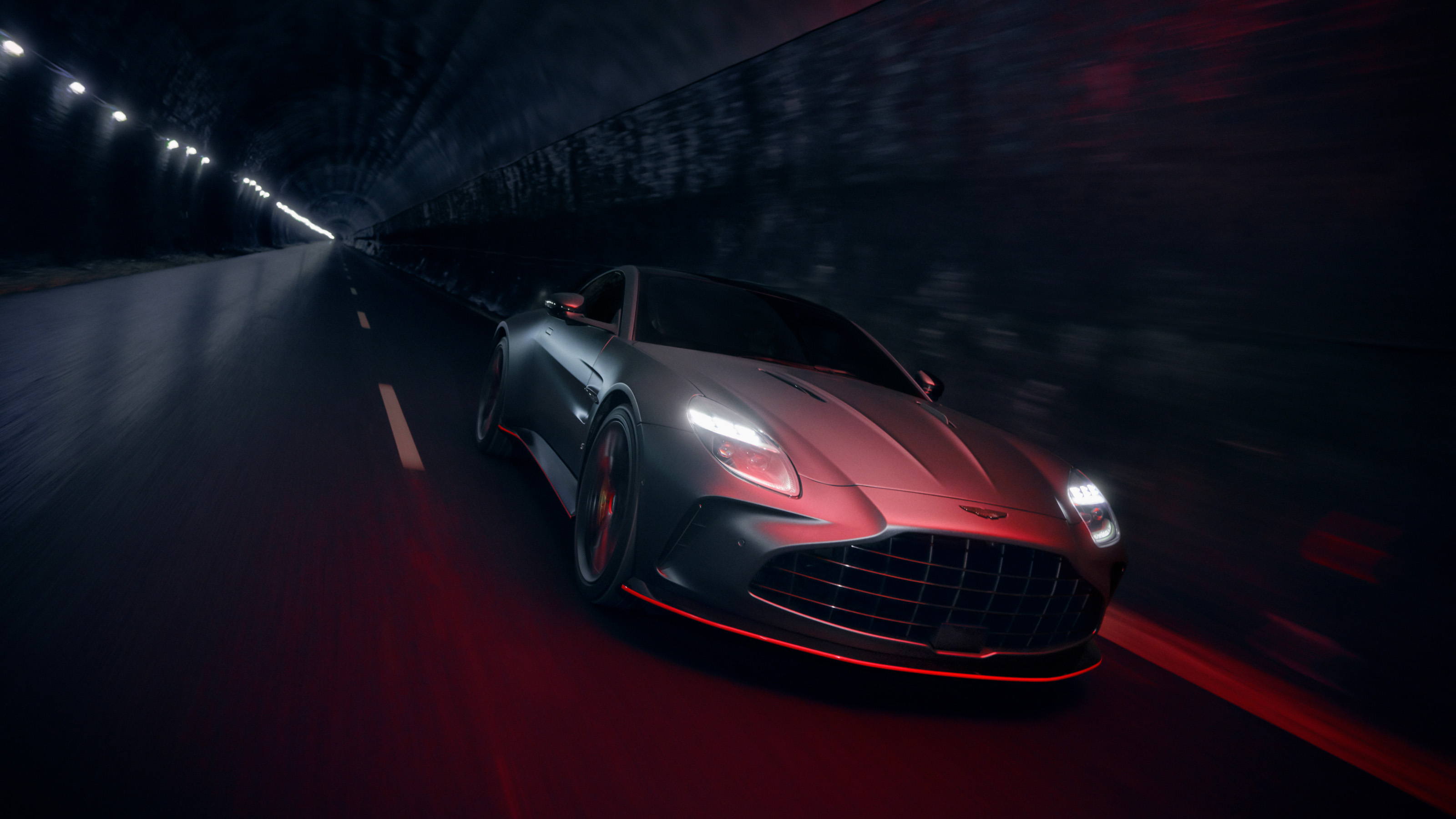 Aston Martin goes goth, ramping up power, poise and dark glamour with the new Vantage S
Aston Martin goes goth, ramping up power, poise and dark glamour with the new Vantage SThese moody images mark the debut of the latest model out of Gaydon, the dynamically focused Aston Martin Vantage S
-
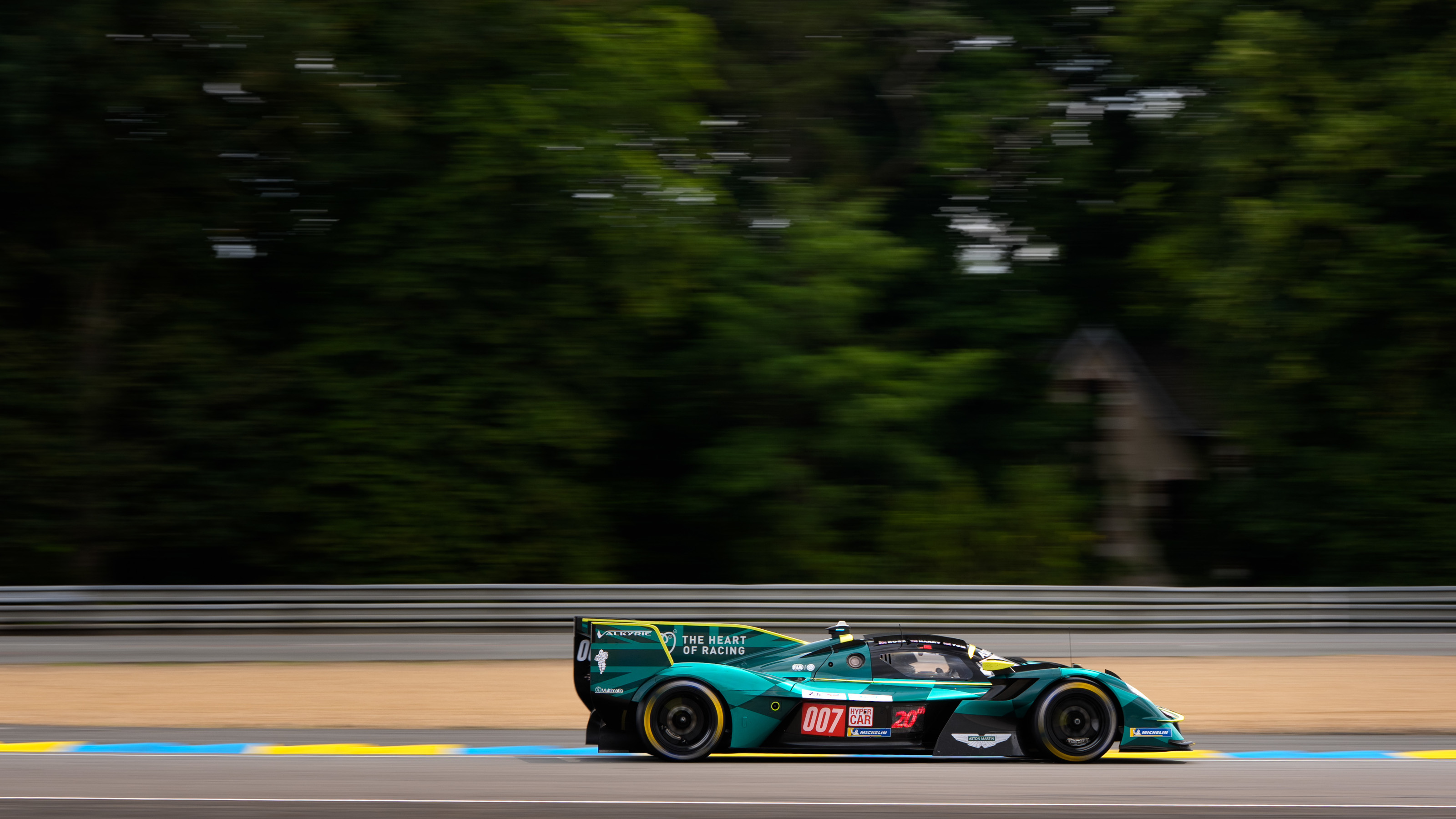 The Valkyrie returns Aston Martin to top-level Le Mans competition
The Valkyrie returns Aston Martin to top-level Le Mans competitionWallpaper* went trackside to witness the Aston Martin Valkyrie's impressive showing at the 24 Hours of Le Mans 2025
-
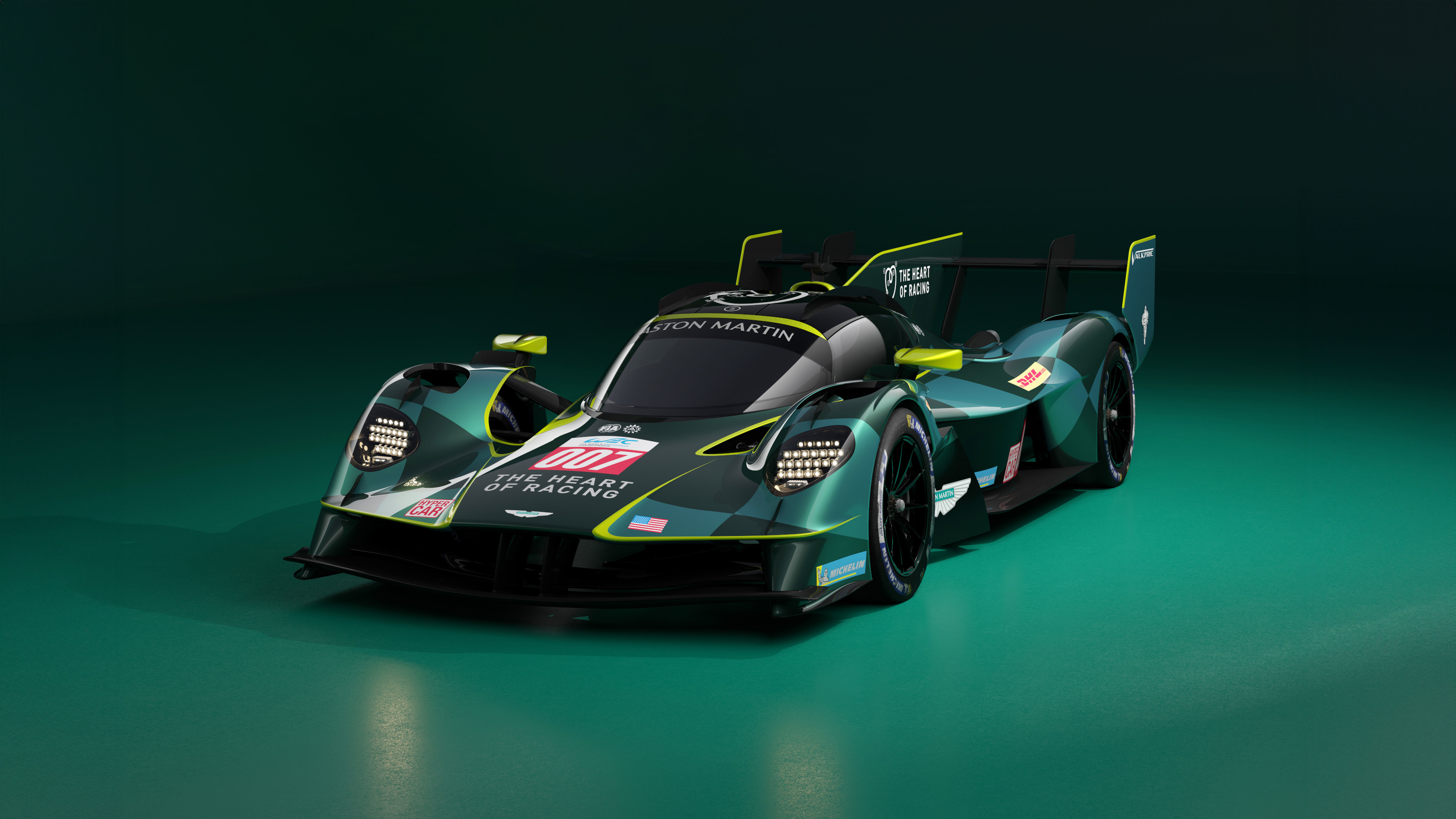 Aston Martin reveals first ever racing variant of its extreme Valkyrie hypercar
Aston Martin reveals first ever racing variant of its extreme Valkyrie hypercarAiming to conquer Le Mans, as well as other endurance races around the world, Aston Martin and The Heart of Racing unveil the track-focused Valkyrie WEC and IMSA challenger
-
 The new Aston Martin Vantage Roadster gives you an elemental experience
The new Aston Martin Vantage Roadster gives you an elemental experienceEvery statistic about the new Vantage Roadster screams speed; this is a convertible for those in a hurry and unafraid to make a noise about it
-
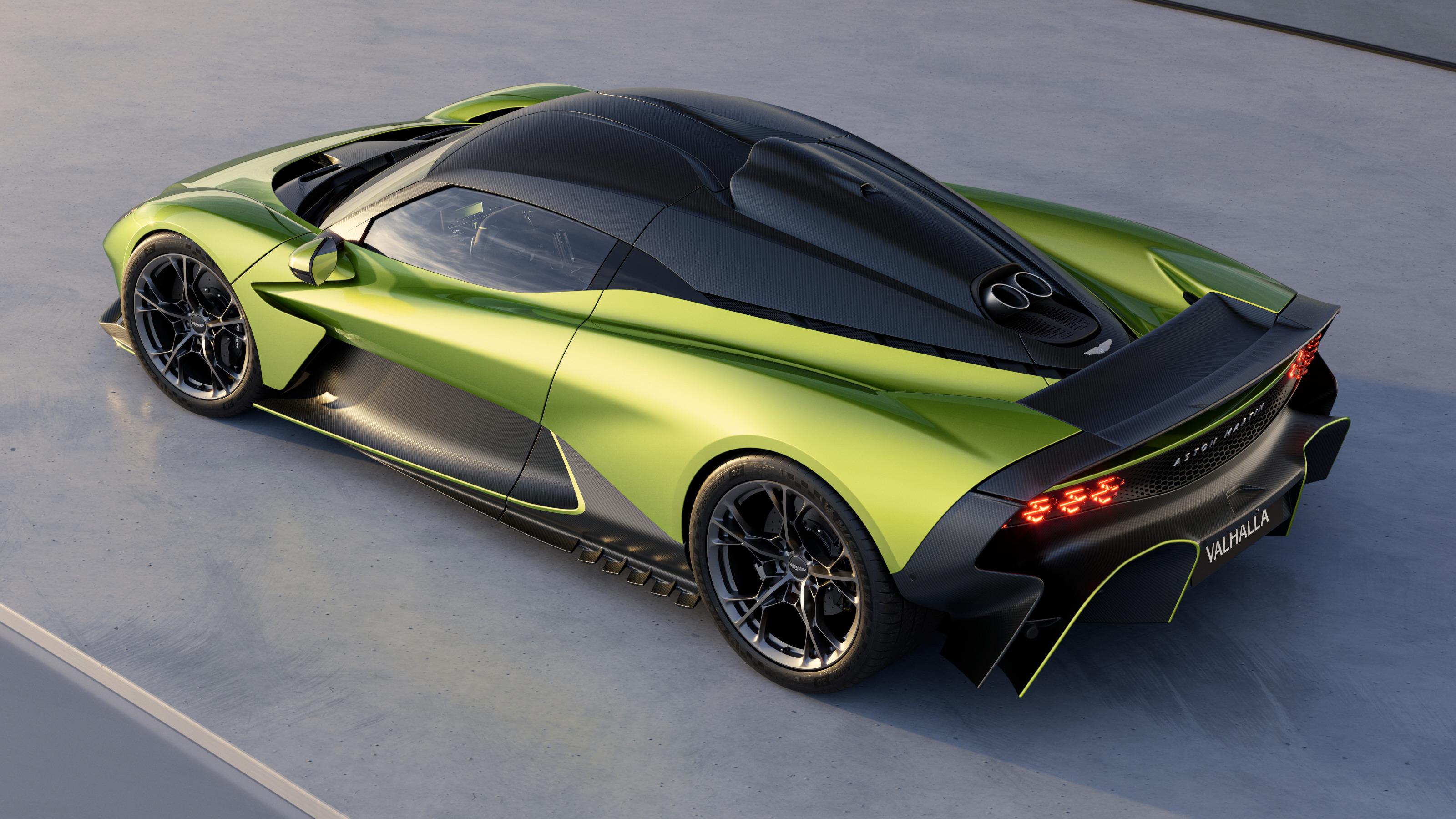 Raise your horns: Aston Martin’s Valhalla blends race-car dynamics and high-tech craft
Raise your horns: Aston Martin’s Valhalla blends race-car dynamics and high-tech craftValhalla is the first ever mid-engine series production Aston Martin, a hybrid V8 limited to 999 units
-
 Aston Martin bring the Midas touch to their super tourer with the DB12 Goldfinger Edition
Aston Martin bring the Midas touch to their super tourer with the DB12 Goldfinger EditionReleased in honour of the sixtieth anniversary of the iconic James Bond film, Aston Martin has gone all out to the DB12 Goldfinger Edition a worthy collector’s item for high rolling film fans
-
 The new V12-powered Aston Martin Vanquish arrives to conquer the world of luxury GT cars
The new V12-powered Aston Martin Vanquish arrives to conquer the world of luxury GT carsThe luxury British marque’s new Vanquish flagship is absolutely, positively, definitely, its final flirtation with V12 power. Or is it?
-
 Could a car be any more muscular? Aston Martin unleashes the bold and brutalist Valiant
Could a car be any more muscular? Aston Martin unleashes the bold and brutalist ValiantEquipped with a V12 engine, manual gearbox and chiselled bodywork, the limited-edition Aston Martin Valiant is the company’s most extreme front-engined road car to date